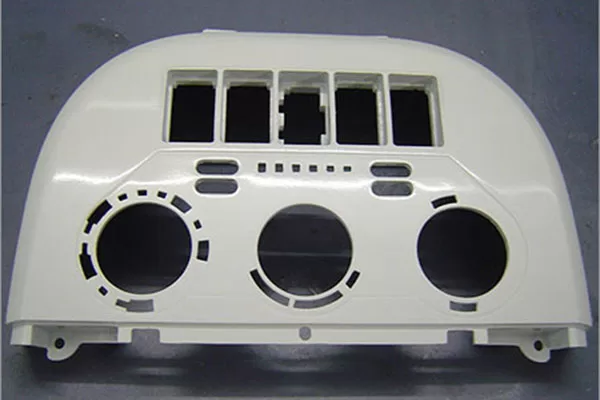Infusion molding and vacuum casting are both exceptionally valuable forms. Both are broadly utilized within the prototyping world, and each offers a particular set of preferences. In any case, since the forms share certain likenesses (both are perfect for plastic components; both utilize a mold with depression to manufacture parts, etc.) it can in some cases be troublesome to select between the two. Even though less broadly utilized than infusion molding, vacuum casting is a curiously elective that can be utilized to form little amounts of a portion at a low taken a toll.
Vacuum Casting Perfect Details:
Since its tooling is for the most part made from high-quality metals, infusion molding permits the creation of more point-by-point parts than would be conceivable with vacuum casting. Infusion molding can in this manner be the way better choice for profoundly complex parts. For less complex parts, especially those that as it was got to be made in little numbers, vacuum casting can be best. It’s not a cheap alternative although: vacuum casting can offer an outstandingly smooth surface wrap-up, which suggests straightforward parts may see superior when made utilizing vacuuming.

Vacuum casting products
Vacuum Casting Quantity:
For exceptionally expansive amounts of parts, it is difficult to see past infusion molding. Although the setup costs for infusion molding are tall (indeed with the utilize of quick tooling), the unit costs are exceptionally moo. This implies that, when commerce needs hundreds or thousands of duplicates of a portion, that starting cost on the setup is effortlessly recovered through reserve funds on each unit. On the flip side, not each trade needs hundreds or thousands of duplicates of a portion. When a littler number of parts are required — anyplace between a modest bunch and a hundred — vacuum casting may be the way better alternative, since the setup costs are much lower.
Vacuum Casting Material Considerations:
Indeed on the off chance that all the signs point to hoover casting, one ought to keep in mind that a few models — especially those that will be subject to physical testing — have to be taken after the end-use portion as close as conceivable. Since of this, if a functional part will eventually be fabricated utilizing infusion molding, it may be advantageous to make the model utilizing that same prepare, indeed if the cost is more noteworthy.
Vacuum Casting Iteration and Speed:
The low setup costs related to vacuum casting have positive knock-on impacts. If a plan has to be revised at any arrangement amid make, it is much simpler and cheaper to change vacuum casting molds than it is to revamp or redo tooling for infusion molding. In common, this implies that vacuum casting is regularly the way better choice amid the prior stages of improvement. In reality, businesses frequently make early models utilizing vacuum casting, sometimes recently making their end-use parts or latter-stage models utilizing infusion molding. Imperatively, creating molds for vacuum casting could be a speedier handle than making tooling for infusion molding, which implies time-sensitive prototyping employments for exceptionally little volumes can regularly be superior suited to hoover casting. (Infusion molding will be quicker for bigger volumes.)
